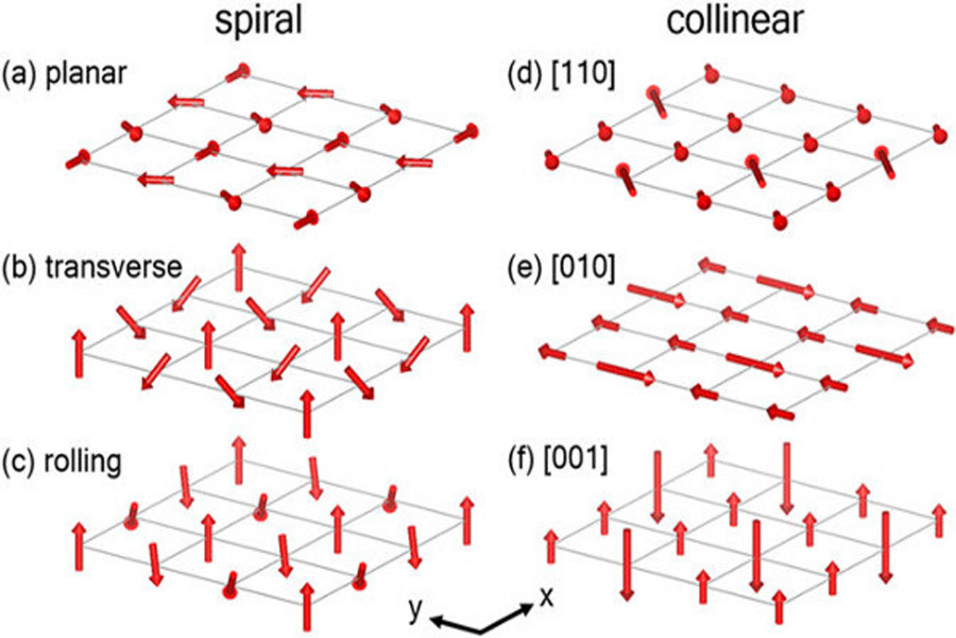Strontium ruthenate is an unconventional superconductor that used to be touted a potential three-dimensional analogue of Helium-3, as it was thought to have the same type of chiral p-wave pairing. It is now widely accepted that this is not the case, but many questions remain over the exact nature of the pairing, particularly regarding the role of magnetic interactions. This work presents a framework that can incorporate the leading isotropic and anisotropic magnetic interactions in a different but complimentary way to the widely used Hubbard-model, providing an alternative way of exploring the superconducting pairing symmetry.

